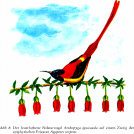botany
Von Bärlappen, Mondrauten und Natternzungen
Clubmosses, grape-ferns and Adder’s-tongue ferns
The clubmosses (Lycopodiaceae), grape-ferns (Botrychium) and Adder’s-tongue ferns (Op/aioglossum) are rclatively rare groups of pteridophytes in the European flora. Here we help to analyze the different species in the field as well as to grasp the obvious coherence of these differences.… read more
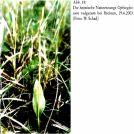
Die Zunahme morphologischer und physiologischer Autonomie bei den Volvocales
The increase of morphological and physiological autonomy with the Volvocales
The transition to multicellularity in early evolution led to an emancipation from the environment and to an increase of organismal autonomy. As a model for this principle, the Volvocales are studied. Within the green algae a sequence from single celled forms to… read more
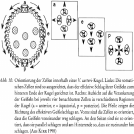
Zur evolutiven Ausbildung von Blüte und Frucht bei den Hahnenfußgewächsen
Concerning the evolutionary development of the blossom and fruit of the Ranunculaeeae
The fruit formation of the Ranunculaceae - evolutionarily early representatives of the angiosperms - is taken as a motif in examining the evolutiona1y path of the formation of both the angiosperm blossoms, exposed as they are to their surroundings, and… read more
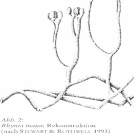
Korrelation von Sprossgestalt und Blattgestalt annueller Dikotyledonen
Correlation of the shapes of the shoot and leaf of annual dicotyledons
That the shape of a plant changes qualitatively and quantitatively during growth was noted as early as Aristotle. He tried to understand this process with the help of four»causes«(aitia) and four»rnotions«(kinesis). He thought that the formative force proceeds from… read more
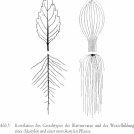
Streptocarpus mit Brutblatt
Streptocarpus with a brood leaf
In the genus Streptocarpus (Gesneriaceae) the usual generation of new leaves on the shoot is more or less replaced by a generation of new leaf parts on the bases of abundant leaves. This indicates a homology between shoot growth and leaf growth. ‚Interesting malformations are described which could help… read more
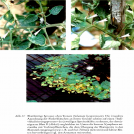
Die heimischen Johanniskrautarten der Gattung Hypericum im Vergleich
The native species of the genus Hypericum compared
In Middle Europe the genus Hypericum is divided into six sections systemizing ten Hypericnm species according to morphological characteristics. In our proposed order, Hypericum perfomtum as a mesophil perennial plant is positioned between the related hygro- and xerophil species. Within… read more
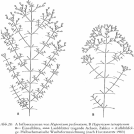
Vorschlag für eine Ordnung der mitteleuropäischen Mohngewächse (Papaveraceen)
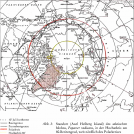

Zwei Waldreben, das Buschwindröschen, die Kuhschelle und die Evolution der Blütenpflanzen
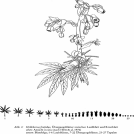
Begegnung mit »Cobra-Lilies« im Himalaya und Blick auf die Familie der Araceen
